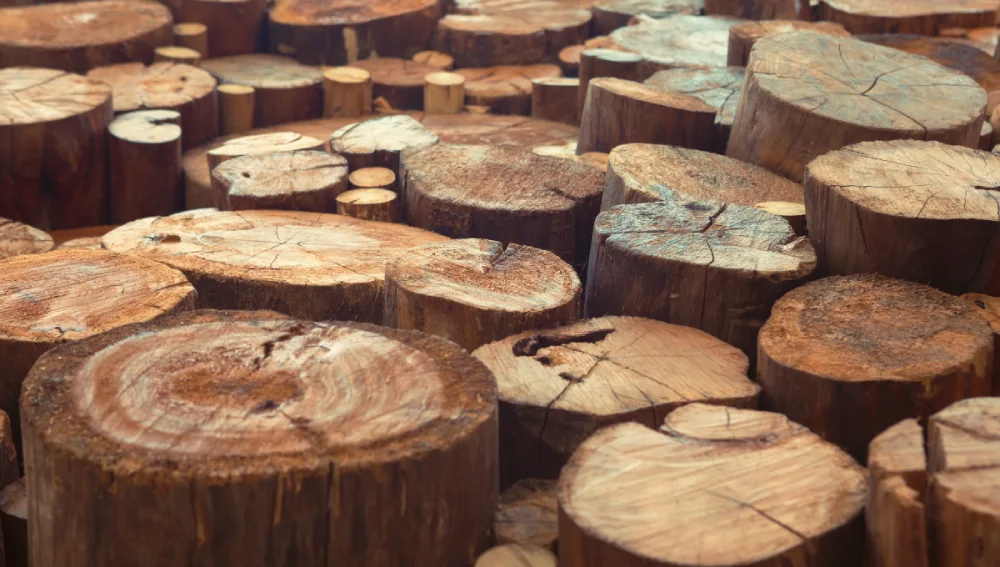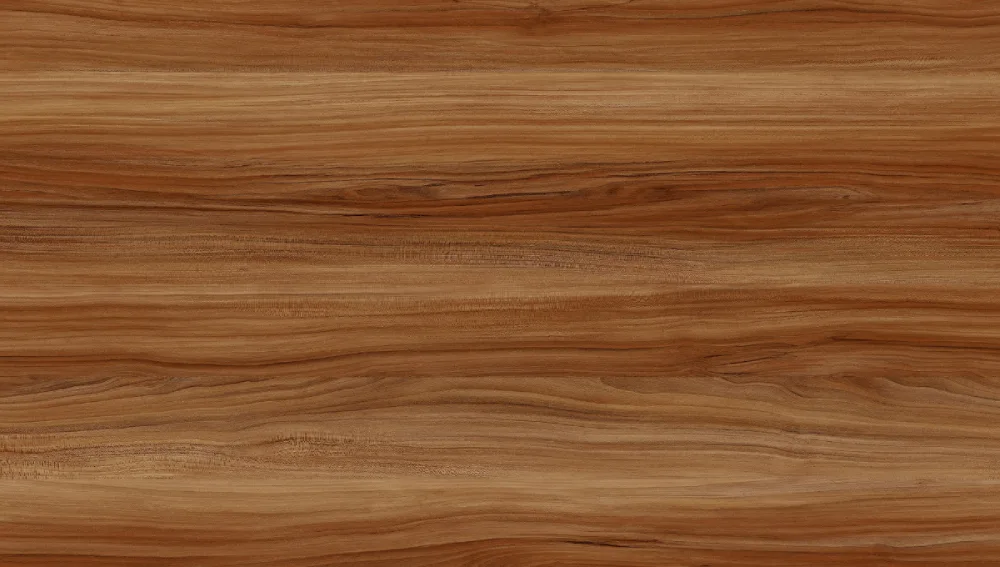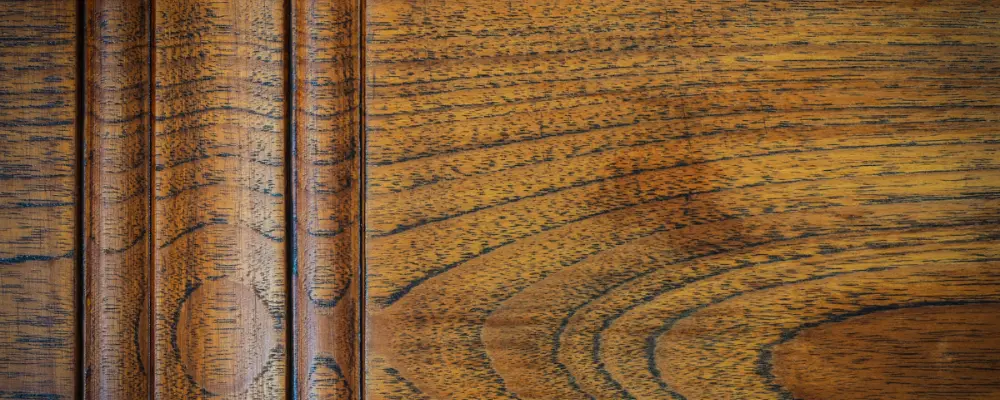Building beams and columns, doors, windows, and furniture are just a few of the many uses for teak wood that are common in India. They are accessible for export and are grown profusely in the forest.
Teak wood has a coarse texture and is heavy. It resists decaying quite well. Teak resources cover 20.6 million hectares globally, with 1.5 million hectares in Myanmar and 2.5 million hectares in Thailand; Asia accounts for 99% of these hectares.
Teak resources are being increased by Indonesia and Myanmar as well, thanks to extensive plantation initiatives. In 2019, the teakwood market was estimated to be worth USD 39.82 billion. From USD 43.26 billion in 2023 to USD 83.76 billion by 2031, it will rise.
Continue reading to learn more on how this type of wood is polished to create sophisticated and elegant aesthetics.
- 1 What is Teak Wood?
- 2 How do I Polish Teak Wood?
- 2.1 Step 1: Clean the surface of the wood.
- 2.2 Step 2: Apply an oil cleanser
- 2.3 Step 3: Sand the surface
- 2.4 Step 4: Use suitable wood polish
- 2.5 Step 5: Dry out the polish applied.
- 2.6 Step 6: Buff the surface
- 2.7 Step 7: Avoid using chemicals
- 2.8 Step 8: Take regular precautions and maintenance.
- 2.9 Step 9: Reapply oil if required.
- 3 Importance of Teak Wood Polish
- 4 Conclusion:
What is Teak Wood?

Teak wood is obtained from the tree Tectona grandis, which is mostly found in Southeast Asia. Indonesia is the largest teak wood producer, with around 40% of the global supply. Teak wood is a hardwood that is strong, durable, and water-resistant. It is popularly used outdoors as it is weather-resistant.
How do I Polish Teak Wood?
A few steps need to be carefully followed while polishing teak wood, in order to get the right finish and add to its aesthetic value. These are:
Step 1: Clean the surface of the wood.
Make sure the surface of the teak wood is thoroughly cleaned. This helps in perfecting the surface without leaving any dust or stains. For this, any teak cleaning product can be applied using a brush. Don’t apply pressure to the wood while cleaning as it might cause damage. The process requires smooth handling in such a way that it does not leave any scratches or impressions.
Step 2: Apply an oil cleanser
Pour a small amount of teak oil into a clean, dry container and dip a foam brush into it. You can also use cloth or cotton for this step. Apply the oil in the direction of the wood grain until it has a matte appearance. You can apply oil in a circular direction following the grind. Set it aside for 15 minutes for the wood to absorb the oil. The oil must be dried out completely within the given time.
Step 3: Sand the surface
In this step, after drying out the oil, it is necessary to remove any excess from the surface. You can use a brush or cloth for this process. After this, rub the teak wood surface with sandpaper or a similar material to remove any unevenness. Be gentle enough while making sure not to leave any marks on the wood.
Step 4: Use suitable wood polish
Get a high-quality teak wood polish to continue the process. After the wood comes into contact with the chemicals in the polish, it creates a smooth surface that is glossy and sparkling in appearance. It is smooth, with less friction and increased performance, making it look new. You can also use natural polish made at home. This involves olive and lemon juice in the ratio of 2:1, respectively. This is a chemical treatment. After applying the polish, let it set on the teak wood for a particular time. Take safety precautions while carrying out this step. Protect yourself by wearing gloves and eye goggles.
Step 5: Dry out the polish applied.
This step is the time to dry out the applied polish on the teak wood and needs to be carried out slowly. Make sure to start the process the day before. You will need to apply two coats.
Step 6: Buff the surface
After drying the teak wood, now it’s time for the buffing. It brings a shiny glow to the teak wood. The buffing process is done with the help of a cloth.

Step 7: Avoid using chemicals
It is important to avoid the teak wood’s exposure to heavy and hard chemicals that can possibly have an impact on the furniture or material. Harsh chemicals like caustic soda and acid cleaners can damage the teak wood. These chemicals that are used as a brightener or as a cleaner can damage the grain of the teak wood. Especially when using a brush, harsh application can harm the teak and the humans who are exposed to it. Instead, mild detergent or something like vinegar and baking soda can be used, which are some natural cleaning solutions.
Step 8: Take regular precautions and maintenance.
While following these steps, make sure you take proper precautions, like wearing gloves and other protective gear. Any chemical exposure can damage the skin and eyes. It can be very dangerous. Also, maintain the teak wood on a regular basis. This can increase the life of the teak wood. Regular maintenance and precautions can increase its longevity and make it look new.
Step 9: Reapply oil if required.
At the final stage, if you feel extra oil will be needed, reapply the oil. Also, avoid coming into direct contact with the sun.
Importance of Teak Wood Polish
- Teak wood polishing highlights the natural grain, which makes it look rich and, gives it a warm tone. It helps increase the durability. Polishing teak wood also enhances the wood’s resistance to wear and tear.
- It prevents the wood from drying out and cracking, . acts as a barrier and protects it from moisture.
- It protects the wood from harmful radiation and prevents discoloration. It also reduces the risk of mold and other growth.
- Polishing ensures less maintenance and extends the life span of teak wood products. It provides a glossy finish, which is attractive and enhances the overall look.
- Polishing creates a smooth, even surface that is pleasant to touch. A well-maintained teak wood adds value to the furniture and its structures.
- It is easier to work with polished wood. Using polish can likely prevent the wood from cracking over time. It also helps maintain and retain the wood’s shape and form.
- Polishing the teak wood creates a protective layer that can resist chemicals and termite attacks. Exposure of the wood to the air is also avoided by polishing, which extends its existence.
- It can prevent water damage, wear and tear, and scratches.
- The beauty and longevity of the wood are achieved when a teak wood polish is done.
Conclusion:
Teak wood can live through generations as a legacy. It depicts cultural heritage, ecological importance, and historical significance. It is also a regular choice for making furniture and other interior elements. It is especially preferred for many industries as it is low-maintenance, highly durable, and weather-resistant. Polishing teak wood is an important step to ensure its longevity and enhance its aesthetics.

